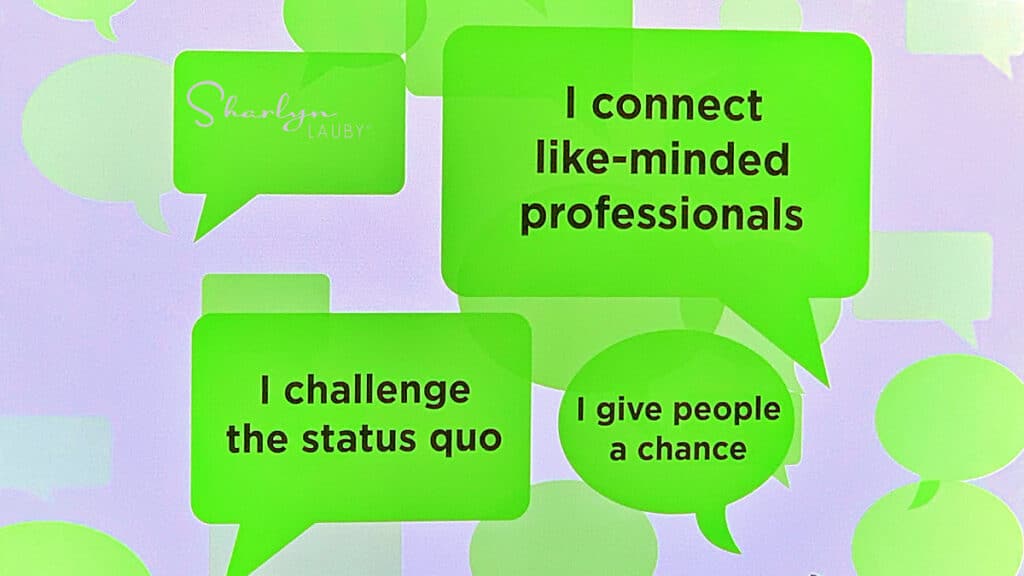The Workplace: How the Pandemic Will Change Things

(Editor’s Note: Today’s article is brought to you by our friends at Kronos, a leading provider of workforce management and human capital management cloud solutions. Kronos has introduced employee contact-tracing capabilities for their customers at no additional charge. Check out their COVID-19 Resource Center for details. Enjoy the article!)
The other day Mr. Bartender and I were trying to figure out how long we’ve been masking, sheltering, distancing, etc. While it was difficult to narrow down an exact day, we do know it’s been a long time. Or at least it feels like it’s been a long time. And we’re very aware that we aren’t the only people going through this. And we’re not done yet.
Yes, I know that businesses are starting to reopen. And employees are starting to come back to their workplaces. But the science community is talking about another “wave” so we’re not back to “normal” yet. In fact, it’s possible that it could take a very long time before we return to those pre-COVID days.
I came across a few articles recently on the Workforce Institute at Kronos blog that do a great job of showing the long-term impact that the pandemic will have on business operations. We’re not just talking about the activities specific to COVID, such as 86% of employees believe their employer has an obligation to notify employees who may have been in contact with a coworker who tested positive. It’s possible (no, make that probable) that the way we work could change for the long-term. Here are four articles that illustrate the point.
Re-thinking Office Space in a Post-COVID World
Organizations need to realize is that they have to adapt to change and there is no one-size-fits-all answer. Some employees are very productive working from home while others are looking for that time back in the office to reclaim their productivity. Some managers are totally comfortable managing from afar while others are really struggling to feel connected. Some organizations are open to re-thinking their workplace policies while others want to get back to business as usual. Conversations and planning about how to deal with that change should be happening now so you can take into consideration the desires of the employees, the needs of the business and the productivity of both.
It takes a time of significant crisis – like the one we find ourselves in now – to appreciate how the whole health care system should work with the critical inclusion of public health professionals. Healthcare leaders should SPEAK OUT and SHARE THEIR KNOWLEDGE. They are the experts and know what needs to be done. Our families and friends are looking for that leadership. The safety of our communities and the populations are at stake. Communities should take time to understand and formally integrate public health into daily work not only in healthcare but across all industries.
The Impact of Coronavirus on State and Local Employees
As employees return to the workplace, governments need to take steps to implement policies and procedures to reduce the risk of employees or the public contracting COVID 19. Government leaders need to recognize the impact the pandemic is having on their workforces, especially those in front-facing positions dealing with the public. Managers need the training and tools to ensure that they can manage a remote workforce effectively. Support needs to be provided to employees who are feeling stressed and anxious. This is a time for both compassion and flexibility.
Why Employers Who Prioritize Safety Will Win the War for Talent
Safety is quickly becoming a powerful recruiting and retention tool. It’s the main ingredient that will forge trust between employers and employees during this crisis and in its’ aftermath. This isn’t the first or last pandemic we will experience, and the more trust a company, and its leadership, build during a crisis, the easier it will be to retain employees and build customer loyalty for the future. If companies want to remain competitive, they can’t avoid safety measures and must remember that their employees’ safety is at the core of their business.
Today’s article isn’t meant to paint a picture of doom and gloom. While none of us want to be in this situation, we are learning more about safety, employee engagement, and business productivity. Organizations have the ability to create safe and supportive workplaces. We need to listen to our employees, ask good questions of the experts and put in measurable plans to transform the workplace.
Image captured by Sharlyn Lauby during a presentation at the KronosWorks 2019 Conference in Las Vegas, NV
17